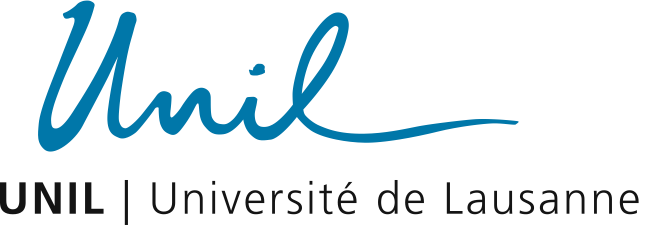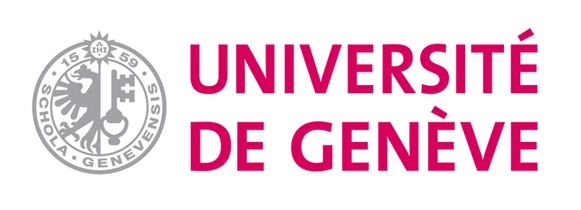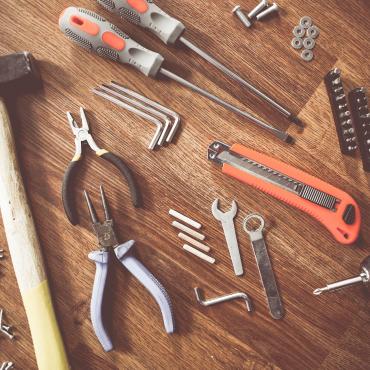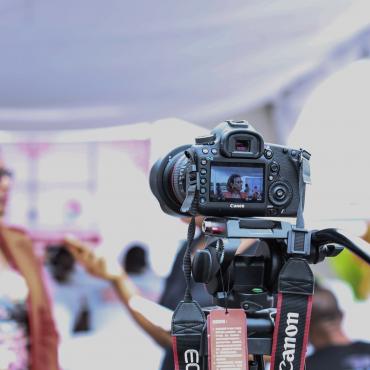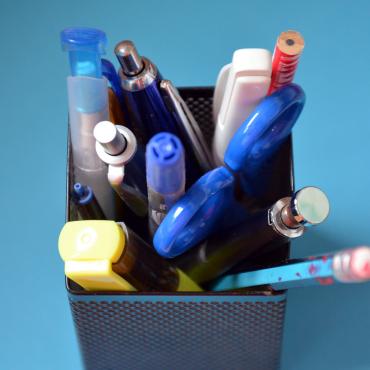Toolbox
-
For a better integration of the gender dimension in Horizon 2020 Work Programme 2016-2017. Twenty recommendations from Europe’s Research Universities, European commission, 2015
Paper advocating for gender mainstreaming in research and innovation. First general part on concepts (gender versus sex, etc.) then general recommendations on gender mainstreaming. Then details how the gender dimension can be integrated into the different research themes of Horizon 2020. -
Gender Equality in Academia and Research. GEAR Tool, European Institute for Gender Equality, 2016
This text provides a guide for implementing structural changes through the GEP (Gender Equality Plan) and its detailed steps. The success factors and the obstacles generally encountered are also presented. In order to best implement the GEP, an'action toolbox' is proposed to implement institutional changes; this includes a series of tools (see section 3.2) that should be used in parallel and according to its needs and context. - GARCIA
-
GARCIA Working Papers 6. Toolkit for Integrating Gender-Sensitive Approach into Research and Teaching, Jovana Mihajlović Trbovc and Ana Hofman, 2015
This Toolkit concerns research and teaching practice in SSH and STEM, providing practical guidance on how to integrate a gender-sensitive approach in those two domains. - GARCIA Working Papers 19. Toolkit for organizing reflexive working groups for selection committee members, Marjolein Dennissen, Channah Herschberg, Yvonne Benschop, Marieke van den Brink, 2017
-
-
Toolkit. Gender in EU-funded research: toolkit and training, European Commission (Yellow Window Management Consultants, Engender, Genderatwork), 2009
Platform containing different specific toolkits per research field (health, nanosciences, etc.). Its objective is to provide people involved in research with a set of practical guides on how to integrate gender into research. The introductory document presents some general elements. On the site, specific toolkits are then available for the research areas listed in the table of contents, part 3. -
Gendered Innovation. How Gender Analysis Contributes to Research, European Commission (Londa Schiebinger), 2013
Gendered Innovation is a European Commission project aimed at providing scientists and engineers with tools and methods for gender integration and analysis in research, as well as proposing a set of concrete case studies that open new paths and ideas. The expert report in question reflects this work and thus details the research that has been identified for different disciplines. -
Promoting Sustainable Change. A Toolkit For Integrating Gender Equality and Diversity in Research and Innovation. GENOVATE Toolkit, Edited by Ylva Fältholm, Paula Wennberg, Asa Wikberg Nilsson, 2016
“This toolkit collects and organizes the tools that have been further developed and tested by seven universities in the Genovate consortium. The process and methods described in this toolkit illustrate how academic institutions, social innovators, funding agencies, knowledge transfer partnerships, and intermediaries can use gender equality and diversity tools. They also illustrate how it can promote sustainable change. The Genovate project seeks to ensure equal opportunities for women and men by encouraging a more gender-aware management in research and innovation systems. One of the key objectives of Genovate is to promote the benefits of a gender equality and diversity perspective in enhancing excellence in research and innovation systems. This toolkit encourages the development of collaborative gender equality and diversity awareness. It includes a number of methods and tools for developing understanding and knowledge of diversity and gender constructions by providing a means for collaboration through sharing and reflecting on experiences. By including women’s and men’s experiences, attitudes, and values, we believe the toolkit will promote innovative thinking and results” (taken from introduction, p. 7).
Videos
-
GENDER-NET IGAR Video, Gender-Net Project, 2016 (date of publication)
Video showing biases due to the non-integration of gender and sex in research. Demonstrates through several examples of research how the results differ when it comes to women or men. - Eviter les biais de genre lors de nominations professorales, Equal opportunities (BEC) at the University of Lausanne, 2016 (date of publication)
"Academic selection processes can be influenced by stereotypes. For example, the way scientists are represented generally corresponds to attributes seen as masculine (competition, ambition, leadership) and not to so-called feminine qualities (sensitivity, patience, collaboration, empathy). To counter these stereotypes, UNIL has developed a video on gender bias in faculty recruitment for members of appointment boards."
Ressources diverses
-
MOOC: « Implicit Bias Awareness - Fundamentals », UNIL and EPFL, since 2021
In our work environment and in everyday life, we are constantly in situations where we take decisions that affect others. Unbiased decision-making is a key asset for many reasons, including ethical and also from a “business” point of view. This is introductory class doesn’t require any specific prerequisites.
-
MOOC : « Gender: what are the issues? ». Violences, globalisation, biomedecine, sexualities UNIGE, University of Geneva, since 2017
The MOOC is a free and open access course broadcast on the Internet to discover gender studies. It consists of thematic video lessons, assessment exercises and tools for interaction between learners. The duration of this course is 5 weeks. -
Implicit biais – Test d’associations implicites
Website presenting a method that shows discrepancies between conscious and non-conscious thoughts. - Gender-inclusive communication (UNIL, UNIGE, UNINE, UNIFR, UNIBE, UZH, HES-SO) in French and here in English.
- Resources from Prof. Londa Schiebinger's website
